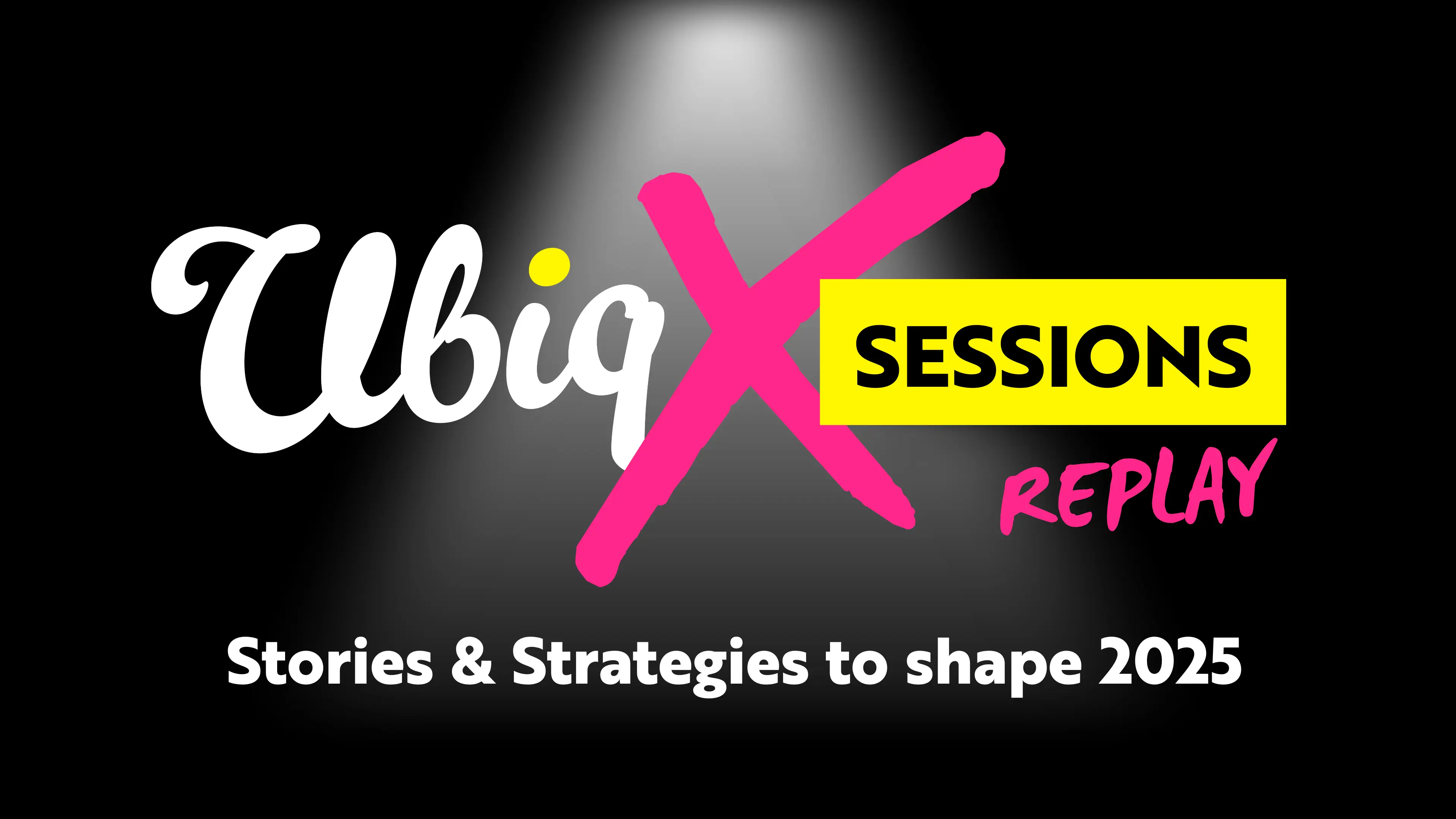Choosing the right school for your child is a deeply personal and often emotionally charged decision. For parents considering independent schools, whether these are private boarding schools abroad or something closer to home, the process is fraught with complex psychological factors. While marketing materials and open days are key touchpoints within this customer journey, the school's website often serves as the first and most influential touchpoint for prospective families.
Let's delve deeper into the psychology at play and how websites can make or break a parent's decision.
Psychological needs Information needs Visual needs Experience needs Case studies Admissions Conclusion
The quest for the best fit
Beyond academics, parents seek an environment that mirrors their values, aspirations, and their child's unique needs. This search for the "best fit" taps into deep-seated psychological needs:
- Belonging: Humans have an innate need to belong. Parents want a school where their child feels accepted, supported, and part of a community. Websites that showcase student life, diversity, and inclusivity through authentic imagery and testimonials can foster this sense of belonging.
- Self-Actualization: Parents aspire for their child to reach their full potential. Websites highlighting individual achievement, specialized programs, and unique opportunities tap into this desire for self-actualization.
- Security: Safety and well-being are paramount. Websites that project an atmosphere of security, care, and emotional support through visual cues like happy students and video testimonials from satisfied parents can alleviate anxieties.
Navigating information overload
Faced with a myriad of choices, parents experience information overload.
Throughout the decision-making process, parents exhibit high information-seeking behaviour; it’s likely they will visit not only a number of different schools’ websites, but also revisit yours on multiple occasions (should your school make the shortlist). For schools, their website becomes a crucial tool for navigating this complexity.
- Cognitive Load: A cluttered website with poorly organized information increases cognitive load, leading to frustration and potentially turning parents away. Clear navigation, concise information, and visually appealing design are crucial for reducing cognitive burden.
- Confirmation Bias: Parents often arrive with preconceived notions about independent schools. Websites that confirm these biases, through testimonials, selective data presentation, or highlighting aspects that align with those beliefs, can sway decisions. Likewise, those without experience in the private school sector may harbour negative biases too, and these tactics can be used to overcome any negative preconceptions.
- Heuristics: Faced with complex choices, parents rely on mental shortcuts (heuristics) to simplify decision-making. Websites that leverage heuristics, such as highlighting awards, rankings, or alumni success stories, can significantly influence perception.
- Anchoring Bias: The first piece of information encountered often acts as an "anchor" against which subsequent information is judged. A strong first impression on your school’s website, through compelling visuals and clear messaging, can set a positive anchor for the entire school experience.
The power of first impressions and visual storytelling
Websites are powerful storytelling platforms, and first impressions are crucial. Visuals play a key role in shaping parents' perceptions:
- Emotional Resonance: Images and videos that evoke positive emotions, such as joy, curiosity, and pride, create a powerful connection and leave a lasting impression.
- Vicarious Experience: Virtual tours, classroom glimpses, and student project showcases allow parents to vicariously experience the school environment, fostering a sense of familiarity and connection.
- Building Trust: Authentic imagery, showcasing real students and teachers in natural settings, can foster trust and transparency.
Beyond the aesthetics
While aesthetics contribute to first impressions, functionality is key to sustained engagement:
- User Experience (UX): A seamless, intuitive website experience is crucial for parents. Easy navigation, clear calls to action, and mobile optimization enhance user satisfaction and encourage further exploration.
- Accessibility: Websites should be accessible to all users, including those with disabilities. Ensuring the school’s website complies with accessibility guidelines such as WCAG (Web Content Accessibility Guidelines) reflects the school's commitment to inclusivity and caters to diverse needs.
- Interactive Elements: Incorporating interactive elements like virtual tours, chatbots, and contact forms can enhance engagement and provide personalized experiences.
Why it matters
The psychology of school choice for parents is a complex interplay of needs, biases, emotions, and cognitive processes. Independent school websites play a pivotal role in shaping parental perceptions and influencing decisions. By understanding these psychological factors and leveraging the power of storytelling, schools can create compelling online experiences that resonate with prospective parents, build trust, and ultimately help them make informed choices for their children.

Daniel Clarke
CEO & Founder










